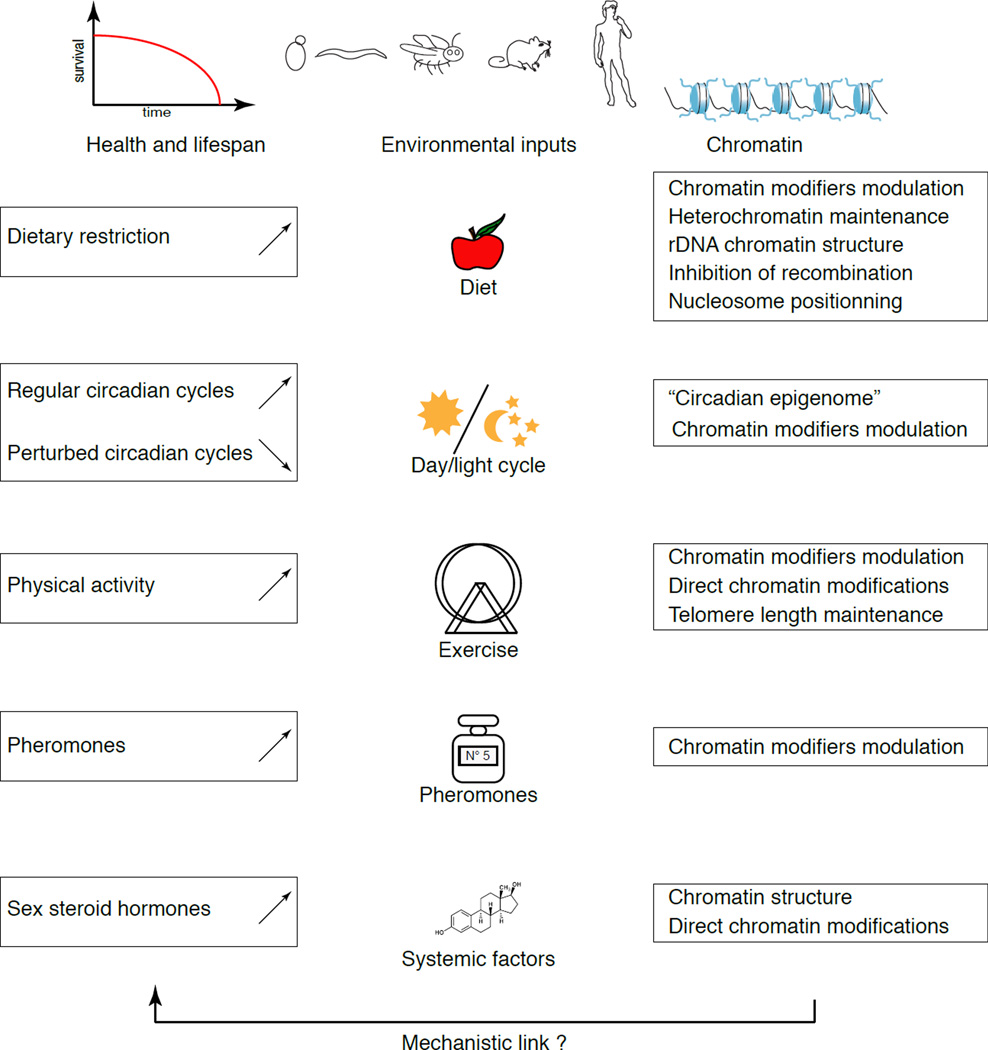Figure 1. Environmental inputs that impact longevity can also affect the chromatin landscape.
Environmental signals that modulate lifespan might do so by modulating chromatin. Dietary restriction increases lifespan in a range of organisms, and DR has also been linked to changes in the chromatin landscape. Those include changes in the expression of chromatin modifiers, for example increased expression of several sirtuins, or an increased maintenance of heterochromatin. Robust circadian light cycles also promote health and lifespan and are linked to circadian epigenomic changes (for example, periodic increases in H3K14 acetylation of circadian promoters by the CLOCK protein) and the modulation of the activity of chromatin modifiers such as SIRT1. Physical activity is also beneficial to health and lifespan, and has been associated with changes in chromatin modifications (for example, increased H3K36ac in human skeletal muscle) and with the regulation of chromatin modifiers (for example, induced nuclear exclusion of HDAC4 and HDAC5 in human skeletal muscle). Recent work has shown that, in C. elegans, pheromones may increase lifespan, through a mechanism requiring chromatin-modifying enzymes (for example, SIR-2.1 is required for lifespan extension following exposure to ascarosides #2 or #3). Finally, in women, the strong decrease in production of sex steroid hormones with age, such as estrogens, contributes to age-related diseases, and estrogens can directly remodel chromatin at target genes through their receptor. Whether there is a linear pathway from the environmental output to the changes in chromatin and, ultimately, to lifespan extension, remains untested.

